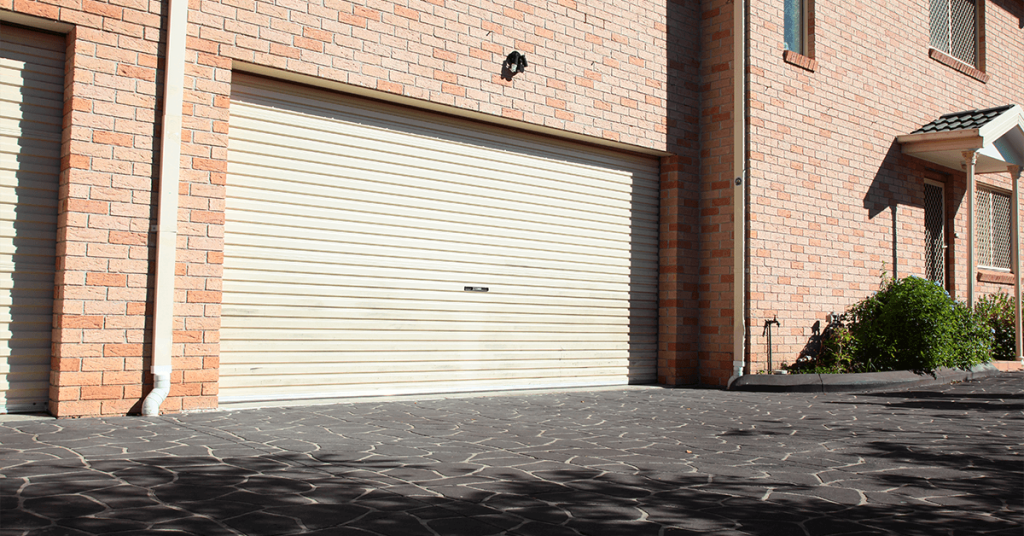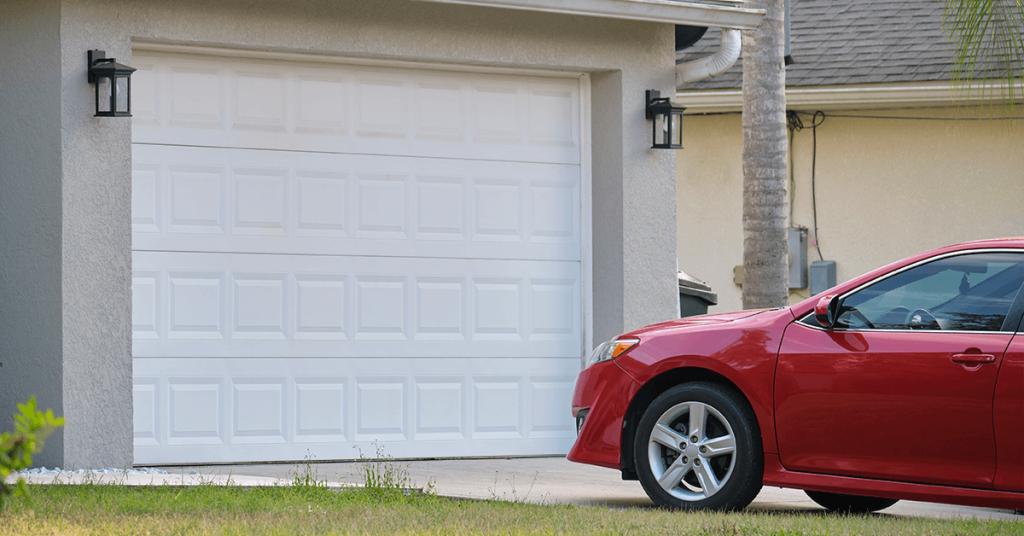A garage door is more than just an entry point for your vehicle, it’s also a crucial barrier against the elements and potential intruders. When you notice a hole in your garage door, whether it’s due to an accident or general wear and tear, it’s essential to address it promptly to maintain the integrity of your garage.
In this step-by-step guide, we’ll walk you through the process of sealing a hole in a garage door, ensuring both security and weather protection.
Materials You’ll Need
Patch Material: This can be a piece of sheet metal, plywood, or a garage door repair kit, depending on the size and location of the hole.
Measuring Tape: To measure the dimensions of the hole accurately.
Marker or Pencil: For marking and tracing.
Saw: If you need to trim the patch material to fit the hole.
Screws: To secure the patch to the door.
Screwdriver or Drill: For driving in the screws.
Silicone Caulk or Sealant: To seal the edges and seams of the patch.
Paint and Primer: If you want to match the patch to the colour of your garage door.
Step 1: Safety First
Before you start the repair, ensure your garage door is in the closed position and disconnected from the automatic opener. Safety is paramount when working on a garage door.
Step 2: Clean and Prepare the Area
Clean the area around the hole, removing any debris or loose material. Use a mild detergent and water if necessary, and let it dry completely.
Step 3: Measure and Cut the Patch
Measure the dimensions of the hole carefully. Then, mark and cut the patch material to fit the hole. The patch should be slightly larger than the hole to ensure a secure fit.
Step 4: Attach the Patch
Position the patch over the hole and secure it with screws. If you’re using a garage door repair kit, follow the manufacturer’s instructions for installation. Ensure the patch is flush with the surface of the door.
Step 5: Seal the Edges
Apply a bead of silicone caulk or sealant around the edges of the patch. This not only seals the hole but also prevents moisture from entering and potentially causing further damage.
Step 6: Smooth and Paint (Optional)
If you want the patch to blend seamlessly with your garage door, you can sand any rough edges and apply primer and paint to match the door’s colour. This step is optional but enhances the aesthetic appeal.
Step 7: Check for Functionality
Once the patch is secure and any paint is dry, manually open and close the garage door to ensure it operates smoothly without any interference from the patch.
Step 8: Reconnect the Automatic Opener
If you disconnected the automatic opener at the beginning of the repair, now is the time to reconnect it. Test the opener to make sure it functions correctly.Step 9: Regular Maintenance
To prevent future holes and maintain your garage door’s condition, consider implementing regular maintenance practices. Inspect the door for signs of wear, rust, or damage, and address any issues promptly.
Sealing a hole in your garage door is a manageable DIY project that can help maintain the functionality and appearance of your garage. By following these steps and using the right materials, you can effectively address the hole, ensuring that your garage remains secure and protected from the elements.
Whether you choose to tackle the repair yourself or seek professional assistance, addressing garage door damage promptly is essential for the longevity of your garage and its contents.
If you have any problems with your garage door, call the experts at Automatic Garage Solutions on: (02) 9793 3329.







